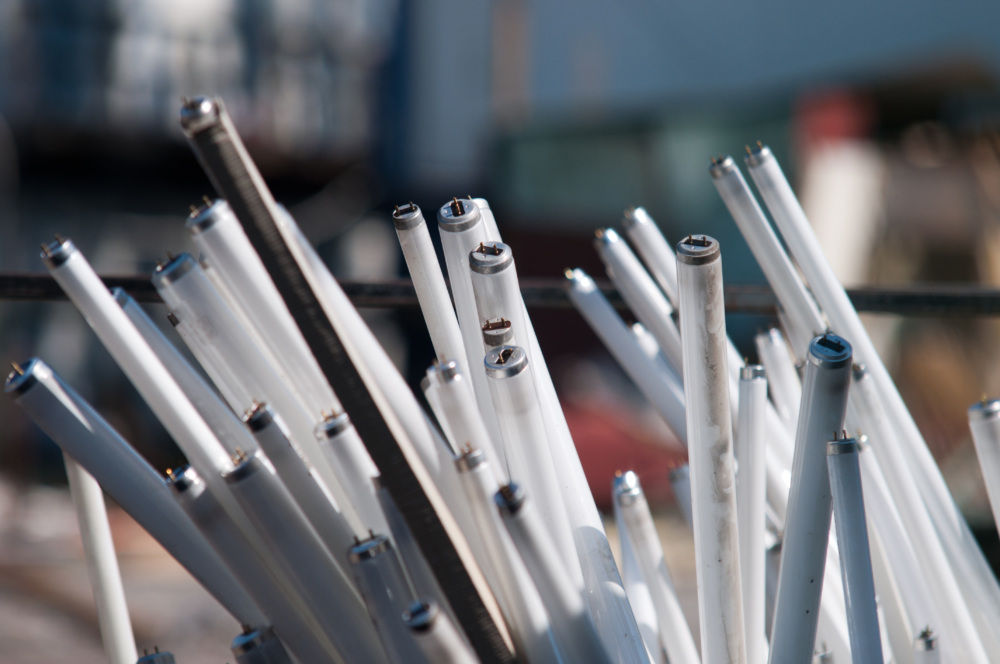New Data Show that the Emergence of a Mass Market for LEDs in Europe Will Occur Several Years Sooner than Originally Predicted
Summary
Download Report
Fill out the form below to activate file downloads
Highly-efficient light-emitting diode (LED) technology can provide quality artificial lighting services at a lower energy cost and with fewer environmental impacts. LED lamps that offer these benefits have historically come at a high price. Over time, however, the cost of LED lamps has declined as a result of technological innovation, government regulation, and market demand.
The following study by CLASP, the Danish Energy Agency, and Energy Piano examines the current and future market for LED lighting products in Europe, providing new information on the evolution of LED lamps prices as well new energy savings estimates associated with lighting-related policy decisions under consideration by the European Commission. This study was carried out to inform a pending European Commission decision on whether or not to implement a two-year delay to Stage 6 of regulation EC No 244/2009 – the planned phase-out of inefficient, D-Class halogen lamps in Europe.
This study finds that LED lamps from quality suppliers in Europe are declining in price, and improving in efficiency, far faster than had been predicted by technical and industry experts. The study finds that LED price points in today’s market are 5-11 years ahead of expert forecasts, and that LED lamps in Europe have become so affordable that some lamps are expected to pay for themselves in energy savings in as little as one year.
The accelerated development of LED price and energy performance in Europe means that efficient lighting options are already available to replace many halogen applications. Therefore, delaying the phase-out of D-Class halogen lamps is not necessary to ensure consumer access to efficient lighting products. Furthermore, this study finds that implementing Stage 6 would actually diminish the energy and cost savings that might accrue to European consumers if the Commission continued to implement their original regulatory schedule. Delaying the phase-out of D-Class halogens would slow the uptake of LED lamps in Europe, resulting in 33 TWh of lost electricity savings over a ten year period from 2016 through 2026. These savings represent approximately €6.6 billion Euro in higher electricity bills.
Finally, this study finds that the shape, size, and light quality of LED lamps are comparable to inefficient lighting products that LEDs might replace, and that a potential incompatibility between LEDs and dimmer controls is actually a limited problem. The study concludes that the on-going reduction in LED lamp prices will soon enable mass market penetration across Europe.
Learn More:
- CLASP’s Technical, Financial, and Legal Analysis on Proposed Delay to Stage 6 Ecodesign Lighting Regulation
Follow the Policymaking Process:







